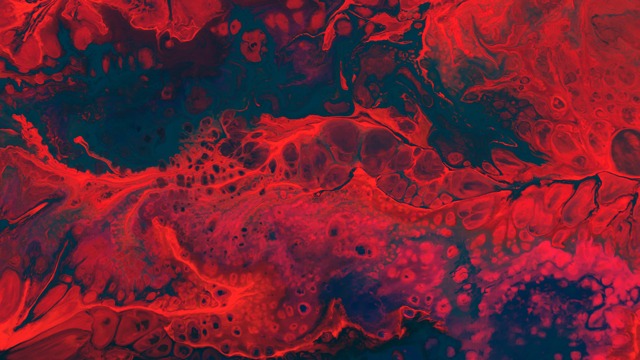Conditions, Test & Treatments of Blood: A fluid which is providing nutrition, oxygen, and waste removal is known as Blood. An average person have almost one gallon (five liters) of blood. A liquid, called plasma makes about half of the blood because it contains proteins that helps blood to clot, transport through the blood and perform many other functions.
About half of blood volume is composed of blood cells:
• Red blood cells; carries oxygen to the tissues.
• White blood cells; fight infections.
• Platelets; smaller cells that help blood to clot.
Blood is conducted through blood vessels (arteries and veins). Blood is prevented from clotting in the blood vessels by their smoothness.
Some of the Blood Conditions are mentioned below:
Hemorrhage (bleeding)
Hematoma
Multiple Myeloma
Lymphoma
Anemia
Hemolytic Anemia
Hemochromatosis
Sickle Cell Disease
Bactereimia
Malaria
Thrombocytopenia
Leukopenia
Hemophilia
Hypercoaguable State
Polycythemia
Deep Venous Thrombosis (DVT)
Myocardial Infarction (MI)
Blood Tests
Complete blood count
Blood smear
Blood type
Coombs test
Blood Culture
Mixing Study
Bone marrow Biopsy
Blood Treatments
Chemotherapy: Medicines that kill cancer cells. Leukemias and lymphomas are usually treated with chemotherapy.
Blood Transfusion: A blood donor’s red blood cells are separated from their plasma and packed into a small bag. Transfusing the concentrated red blood cells into a recipient replaces blood loss.
Platelet Transfusion: A blood donor’s platelets are separated from the rest of blood and concentrated into a plastic bag. Platelet transfusion is generally only performed when platelet counts fall to very low levels.
Fresh frozen plasma: A blood donor’s plasma (liquid blood) is separated from the blood cells, and frozen for storage. Plasma transfusion can improve blood clotting and prevent or stop bleeding that’s due to clotting problems.
Cryoprecipitate: Specific proteins are separated from blood and frozen in a small volume of liquid. Cryoprecipitate transfusion can replace specific blood clotting proteins when their levels are low, such as in people with hemophilia.
Anticoagulation: Medicines to “thin” the blood and prevent clotting in people at high risk from blood clots. Heparin, enoxaparin (Lovenox) and warfarin (Coumadin) are the medicines most often used.
Antiplatelet drugs: Aspirin and clopidogrel (Plavix) interfere with platelet function and help prevent blood clots, including those that cause heart attacks and strokes.
Antibiotics: Medicines to kill bacteria and parasites can treat blood infections caused by these organisms.
Erythropoietin: A hormone produced by the kidney that stimulates red blood cell production. A manufactured form of erythropoietin can be given to improve the symptoms of anemia.
Bloodletting: In people with problems caused by too much blood (such as from hemochromatosis or polycythemia), occasional controlled removal of blood may be necessary.
















